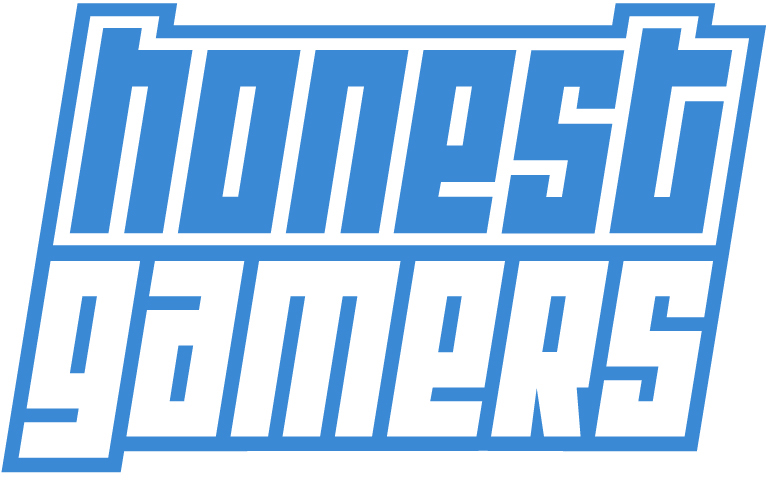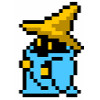Regardless of its legacy today, Windwaker was a game that started in controversy. A tech demo showing a dark, gritty, Ocarina of Time-esque adventure on Gamecube hardware garnered much attention at Space World 2000, but when Windwaker was shown the next year with its cartoon style, Internet message boards were quick to decry ďCell-da.Ē Itís no surprise that itís sequel, Phantom Hourglass, shared a similar malalignment. Controlling Link with the touch screen works far better than I would have expected. Not pictured: your hand The humble boomerang works so well here I will genuinely miss it in other Legend of Zelda games Controlling your boat by drawing a path is neither engaging or fun Yes, I get it. Youíre lazy. Can you let me play the game again?
Phantom Hourglass started life as a sequel to Four Swords Adventure, a spin-off the required so many peripherals to play that it was doomed to be the worst selling game in the series, regardless of quality. As this sequel materialized on DS, focus appears to have shifted to the control scheme more so than the gameís content. In demos of the game before its release as well as interviews with Aonuma, the focus was usually on the input method and not the game itself. In fact, Aonuma has stated that Phantom Hourglass is his personal favorite game in the series because of the ďnew style of gameplay.Ē
Indeed, in 2007 there wasnít anything like Phantom Hourglass. Touch controls for movement were not new, but not to this extent. Super Mario 64 DS, a launch title for the Nintendo DS, had an input setup that combined using the touch screen for movement with a one-handed grip, similar to Metroid Prime: Hunters. Other games on the DS used the touch screen for various functions with varying degrees of success, but Phantom Hourglass is one of the few action games that uses the touch screen exclusively. Running, jumping, throwing, grabbing, attacking, rolling--every action Link can traditionally do can be accomplished with just the touch screen.
Even today, the mere fact that the touch screen is the sole input method is astounding. Before gaming with touch screens on mobile devices was a thing, Phantom Hourglass did touch input and it did it extremely well. After a few minutes of re-training my old gaming habits, controlling Link with the touch screen became second nature. Not only that, it was actually enjoyable.
Link always stays in the center of the screen,and is moved by holding the stylus in the direction you want him to go, moving the stylus further away to move faster. Unlike Super Mario 64 DS, Link appears on the touch screen so you need to hold the stylus closer to the top so your hand doesnít obscure your view of the playing area. The sword is controlled by tapping (to lunge) or drawing a line between you and the enemy (to slash). The only technique I couldnít easily execute was a roll, which is made by drawing circles near the edge of the screen.

Every foray into the Temple of the Ocean King is timed by the titular phantom hourglass. Defeating bosses in other dungeons increases the amount of sand in the hourglass, allowing Link to spend more time in the dungeon, but this is only a serious obstacle the first few times into its depth. The phantom enemies that populate the dungeon will chop off a chunk of time from the hourglass if they capture Link, which encourages careful and slow play. There are absolute safe areas throughout the dungeon where enemies cannot hurt Link and the timer stops, so progress is more often blocked because the player lacks an item found in another dungeon.
The Temple of the Ocean King is a mixed experience, and my esteem of it varied throughout the game. Each time you enter it, you start on the first floor and all the puzzles reset. While this sounds dreadful, the new items acquired in other dungeons will allow these puzzles to be completed in new (and quicker) ways. For example, thereís a puzzle where Link needs to find three pieces of a triforce emblem and set them on pedestals while sneaking around phantom guards. Once Link has the grappling hook, he can propel himself to a ledge and completely skip the floor (even keeping a key from the floor to use later). This mostly mitigates the tedium of the Temple.
Mostly mitigates. You cannot save your position in the Temple of the Ocean King, and it can take 30-45 minutes to do some runs the first time. All it takes is one or two instances of running out of time or needing to turn the game off because life interrupted and suddenly you dread returning. If the game is played as intended, no two runs through the Temple will be the same--in practice, youíll end up doing extra, youíll hate them, and the memory of them may ruin the game for you.
Outside of the Temple of the Ocean King are seven dungeons that are serviceable but entirely forgettable. Thereís the usual fire, ice, rock, and wind temples, but they all look mostly the same and are fairly forgettable. One of the dungeons is a ghost ship, which could be an interesting theme but is rendered entirely unfun by mixing the stealth elements from the Temple of the Ocean King with everyoneís favorite thing: an escort mission. It truly is scary!
One problem with dungeons is that there is no map item to acquire. Instead, Link gets to see the full map of the dungeon upon entering, which takes out most of the mystery and unknowns. Itís pretty easy to figure out where chests will be when looking at the map, and even if itís not, you can pay a few rupees to some talking statues to just be told where to find hidden stuff. And just in case you were afraid a puzzle might come up without an obvious answer, youíre talking fairy companion will often just tell you want to do.
The bosses liven things up a bit, with a size and scope similar to Ocarina of Time. For example, one of the bosses has you strategically rigging up the grappling hook to bounce projectiles. Another has Link flinging himself through the air to rain hammery destruction upon a golem. While they introduce cool set pieces, the bosses have obvious tells and weak points, and are easy even by Legend of Zelda standards.
The tools found during dungeon progression are all familiar, but they are used in interesting ways. The boomerang, for example, is controlled by drawing a path on the touch screen. The grappling hook not only pulls Link to distant targets, but can be strung up like a tightrope between two points, which can be used to walk across gaps or slingshot Link to high areas. All of the items work surprisingly well on the touch screen, but the fact that none of them are actually new is a disappointment. By the end, all of the items end up being variations of tap-to-fire-something or draw-to-fire-something and not much else.


Phantom Hourglass introduces another new feature that I greatly appreciated: if you press start during some cut scenes, you can skip them. The story here is just boring. Tetra isnít Zelda anymore, sheís a pirate that gets kidnapped by a ghost ship, and then turned into a statue. The Ocean King wants you to defeat a monster called Bellum at the bottom of the Temple of the Ocean King, despite the fact that I donít really remember what Bellum did wrong. A lot of characters are chatty. Put this tale under stories I donít care about.

What makes Phantom Hourglass worth playing today is the same thing that made it worth playing in 2007: it is a showcase of clever ways to use the DS. Some of its experiments fall flat--such as yelling into the microphone to get a characterís attention or putting the DS to sleep to fold a map in half--but the way swordplay and items have been implemented using the touch screen is extraordinarily well designed. Itís just a shame more attention wasnít spent on the rest of the experience.
But I think Nintendo might have been on the right track for a sequel.
 |  |  |  |  |
Community review by dagoss (May 06, 2021)
A bio for this contributor is currently unavailable, but check back soon to see if that changes. If you are the author of this review, you can update your bio from the Settings page. |
|
More Reviews by dagoss [+]
|
|
If you enjoyed this The Legend of Zelda: Phantom Hourglass review, you're encouraged to discuss it with the author and with other members of the site's community. If you don't already have an HonestGamers account, you can sign up for one in a snap. Thank you for reading!
User Help | Contact | Ethics | Sponsor Guide | Links







